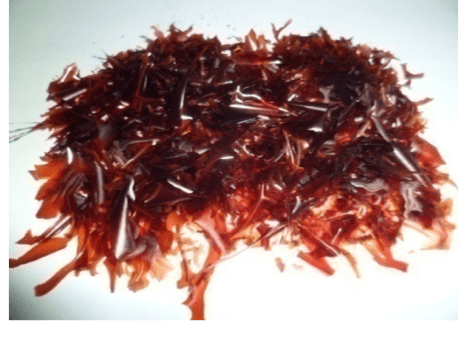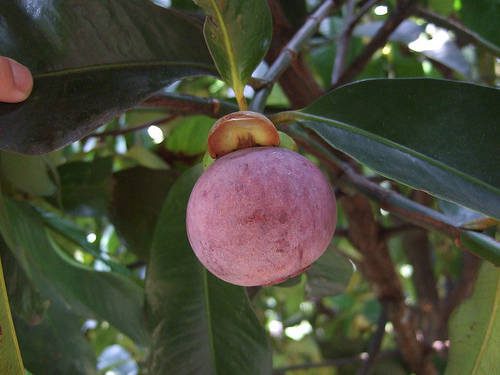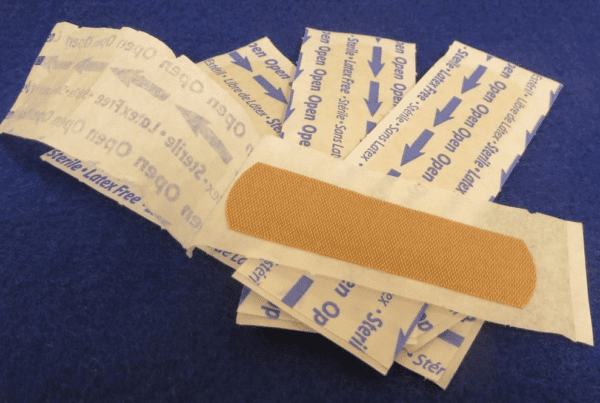Antioxidant
They are compounds in foods that neutralise free radicals. Oxidation in the human body produces chemicals called ‘free radicals’. These chemicals have been linked to diseases such as heart and liver disease and cancer. The process of oxidation in the human body damages cell membranes and other structures including cellular proteins, lipids and DNA. When oxygen is metabolised, it creates ‘free radicals’ which steal electrons from other molecules, causing damage. The body can cope with some free radicals and needs them to function effectively. However, an overload of free radicals has been linked to certain diseases, including heart disease, liver disease and some cancers. Oxidation can be accelerated by stress, cigarette smoking, alcohol, sunlight, pollution and other factors.
Antioxidants readily stop harmful free radicals from damaging proteins such as DNA and collagen in the skin.
The effect of free radicals Some of the degenerative conditions caused by free radicals include:
- Deterioration of the eye lens, which contributes to blindness.
- Inflammation of the joints (arthritis).
- Damage to nerve cells in the brain, which contributes to conditions such as Parkinson’s or Alzheimer’s disease.
- Acceleration of the ageing process.
- Increased risk of coronary heart disease, since free radicals encourage low density lipoprotein (LDL) cholesterol to adhere to artery walls.
- Certain cancers, triggered by damaged cell DNA.
The disease-fighting antioxidants
Diet high in antioxidants may reduce the risk of many diseases, including heart disease and certain cancers. Antioxidants scavenge the free radicals from the body cells, and prevent or reduce the damage caused by oxidation.
The protective effect of antioxidants continues to be studied around the world. For instance, men who eat plenty of the antioxidant lycopene (found in tomatoes) may be less likely than other men to develop prostate cancer. Lutein, found in spinach and corn, has been linked to a lower incidence of eye lens degeneration and associated blindness in the elderly. Flavonoids, such as the tea catechins found in green tea, are believed to contribute to the low rates of heart disease in Japan.
Antioxidants can also slow some of the physical signs of aging by minimizing wrinkles and preserving skin’s natural “glow”. Some studies also suggest that antioxidant supplements helpprotect skin from sun damage. Research found a mixture of beta-carotene, lycopene and lutein – three potent antioxidants – taken for three months also reduced incidence of mild sunburn.
MANGOSTEEN FRUIT
Garcinia mangostana or commonly known as Mangosteen are traditionally used as medicine for treatment of skin infections, wounds and diarrhea. Mangosteen (G. mangostana) has begun to be used as a botanical dietary supplement in the United States, because of their potent antioxidant potential. The major secondary metabolites of mangosteen have been found to be prenylated xanthone derivatives; some members of this compound class isolated from this plant possess antifungal, antimicrobial, antioxidant, and cytotoxic activities.
This exotic superfruit contains high amount of polyphenols known as xanthones. There are 40 different types of xanthones in the mangosteen that contributes to antioxidant effects. The main xanthones are beta-, gamma-, alpha-mangostin and garcinone. Xanthones are powerful antioxidant that goes throughout your body destroying free radicals that cause inflammation and disease. It is also found to exhibit properties such as anti-cancer, anti-allergy, antibacterial and antiviral.
ORAC Assay
National Institute on Aging in the National Institutes of Health (NIH) developed a test to measure the level of antioxidant protection capacity of different foods and supplements, which is ORAC (Oxygen Radical Absorbance Capacity) test. The higher the ORAC value of food the more antioxidant power it contains. However, the maximum number of ORAC units the body seems to be able to handle in a given day is about 3000 to 5000 units. The excess is excreted by the kidneys. Therefore, there are no health benefits to numbers over 3,000-5,000 ORAC unit per day.
Normally, most of the serving sizes are based on 100 gram (milliliter) portions, for example, ground cloves may have 314,446 as ORAC score and sounds like a great deal, but you’re unlikely to be able to consume 100 g of ground cloves daily.
Try Furley Bioextracts Diabetic friendly Ostania Standardised Mangosteen Extract Capsule. Just 2 a day to improve general health!!.






